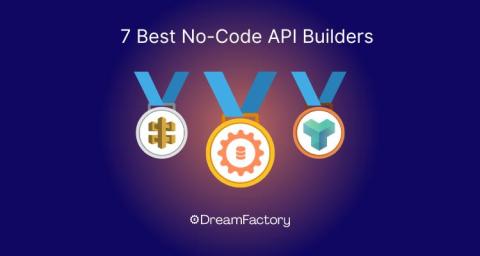Choosing a PHP Library based on Performance
Sometimes, performance is the primary requirement when you are picking a third-party library to solve a task in your application. For CPU intensive work, there are often similar alternatives that you can choose from: To find out which one of them is more performant for your use-case, you can set up an experiment with microtime/hr_time calls and run them against each other. But: this provides fewer insights than running your tests directly with a Profiler such as XHProf or Tideways!











